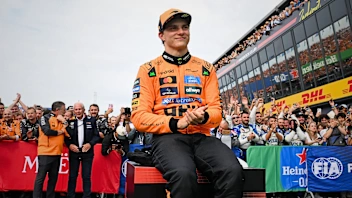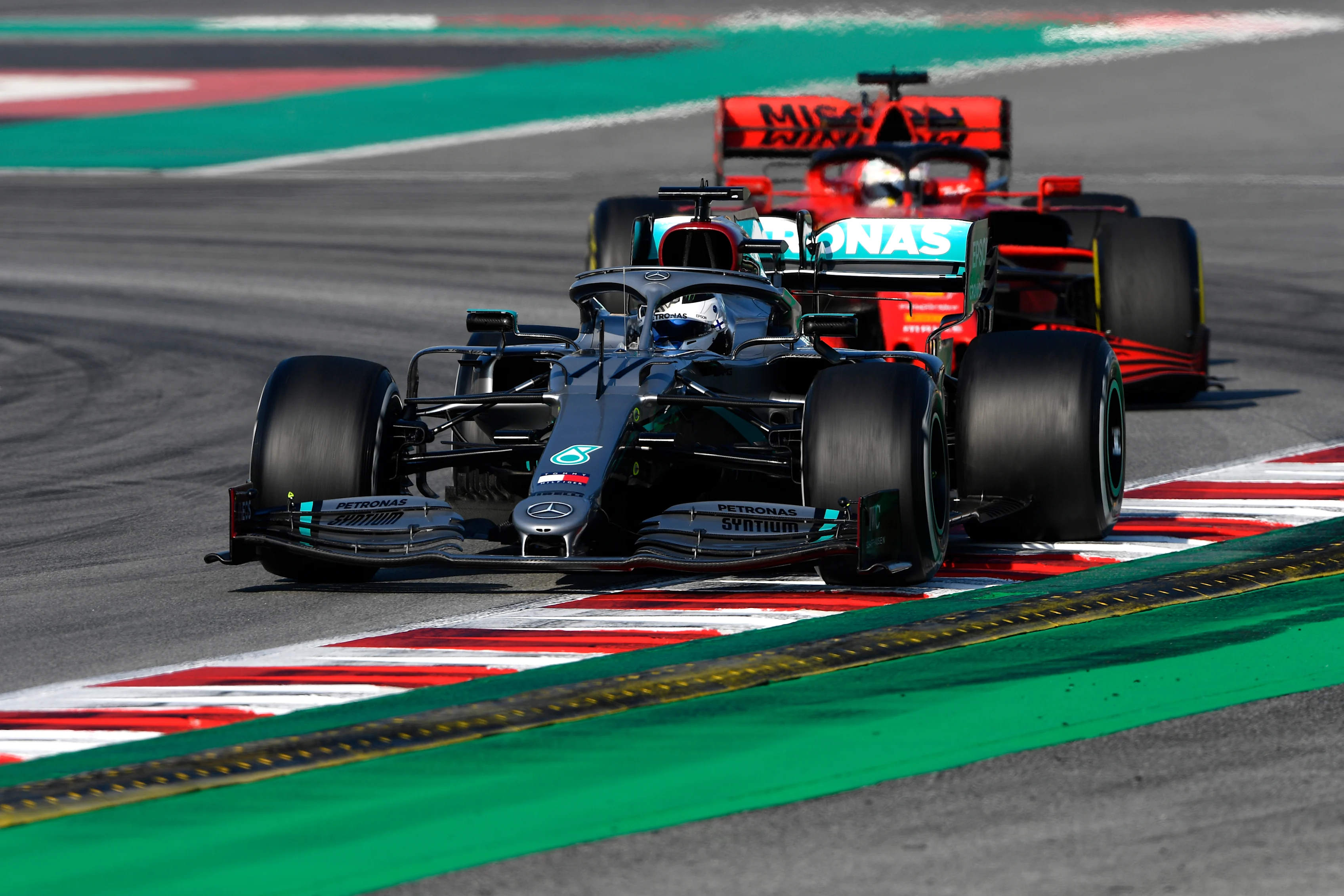In light of the challenges faced by the coronavirus pandemic, the World Motor Sport Council has approved, via e-vote, a series of changes to the 2020 and 2021 Formula 1 regulations.
Earlier this month, F1, the FIA and all 10 teams unanimously agreed to delay the introduction of the 2021 regulations by a year to 2022. The WMSC has now rubber stamped the move, allowing the relevant regulations to be adjusted.
There will be further measures introduced, such as approving the carry over of the 2020 cars’ survival cell - with no changes allowed - and “certain other components” to 2021 to keep costs down. Mercedes’ innovative dual axis steering system will be outlawed from next year.
The WMSC also approved a series of other changes, including the addition of Article 1.3 to the Sporting Regulations, which means the governing body can now change certain articles with 60% support of the teams – rather then requiring unanimity.
.webp)
The FIA says this will enable greater flexibility to react to the challenges the world is currently facing. Among the articles which are impacted by this change are the rules dictating free practice, tyre, parc ferme and the starting procedure.
Meanwhile, the WMSC approved the decision to allow the FIA and F1 to change the calendar without a vote among teams. This will allow for a streamlined process to reshuffle the calendar when it becomes appropriate to go racing again.
There is also an additional shutdown of three weeks, during March and/or April, for power unit manufacturers (who were exempt from the existing teams' shutdown) – plus confirmation that the number of power unit elements each driver is allowed will be changed should the number of races be reduced.
Aerodynamic development for the 2022 regulations – which will feature a revolutionary new generation of cars – has been banned as of Saturday March 28 until the end of 2020.
Teams will also be able to hold a one-day test within 48 hours of the final race of the season to run young drivers. Up to two cars may be used for this test but it remains optional.
FIA President Jean Todt has also been granted the authority "to take any decisions in connection with the organisation of international competitions for the 2020 season, which may be required as a matter of urgency" in order to deal with requests for postponements and/or cancellations "without delay".
READ MORE: F1 and coronavirus FAQ - Everything you need to know
Lawrence Barretto [Senior Writer, F1.com] says…
There was more meat on the bone in today’s announcement from the FIA, following a meeting of the governing body, F1, and the teams earlier this month when it was agreed to delay introduction of the 2021 rules by a year, with news aerodynamic development on those regulations will be halted for the duration of 2020.
While all teams will have made big in-roads into their 2021 design already, this pause in the arms race is significant as it will meaningfully reduce teams’ spending at a time when budgets are under strain with no Grands Prix taking place, and uncertainty over what the value of the prize money will be.

The addition of Article 1.3 to the Sporting Regulations was necessary because regulations such as the length and number of free practice sessions at a Grand Prix may have to be tweaked to allow for shorter race weekends, if necessary, in what will likely be a compressed calendar.
Engine development was permitted during the traditional summer (but this year spring) shutdown – but the clampdown in this area is another way of keeping the teams' costs down.
Meanwhile, the addition of an optional young driver test, where teams can run two cars – when usually they are permitted only one – opens up the opportunity to earn additional revenue by offering the seat to a young driver who brings financial backing.
The news will provide some comfort to teams who are concerned about their budgets this year at a time when they expected to be racing, especially when they were also faced with the prospect of an expensive development cycle for entirely new cars.
Next Up
Related Articles
 Our writers on the best drivers and stories from 2025
Our writers on the best drivers and stories from 2025/TEAM%20PREVIEWSHALF%20TERM%20REPORTS%20DISPLAY%20V1%20(13).webp) End Of Year Reports 2025Racing Bulls’ best and worst moments from 2025
End Of Year Reports 2025Racing Bulls’ best and worst moments from 2025 ExclusiveWhy Gasly feels ‘ready for my time’ in F1
ExclusiveWhy Gasly feels ‘ready for my time’ in F1.webp) Winners & Losers5 Winners and 5 Losers from the 2025 season
Winners & Losers5 Winners and 5 Losers from the 2025 season ExclusiveVesti on life as Mercedes reserve and his F1 plan
ExclusiveVesti on life as Mercedes reserve and his F1 plan Hinchcliffe'History shows Piastri will be even better in 2026'
Hinchcliffe'History shows Piastri will be even better in 2026'
